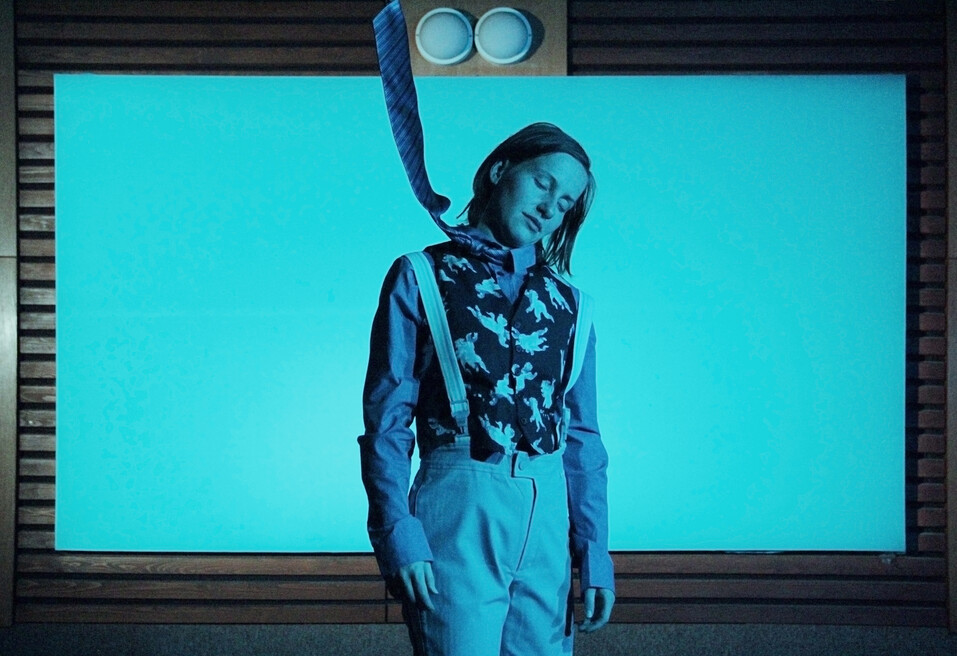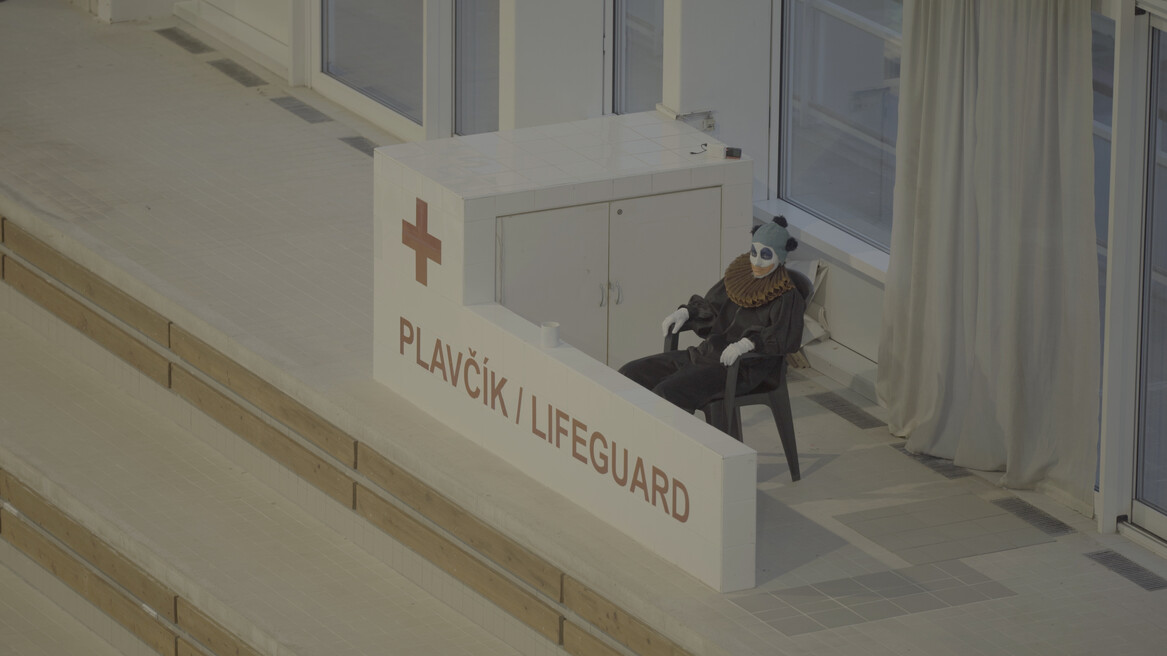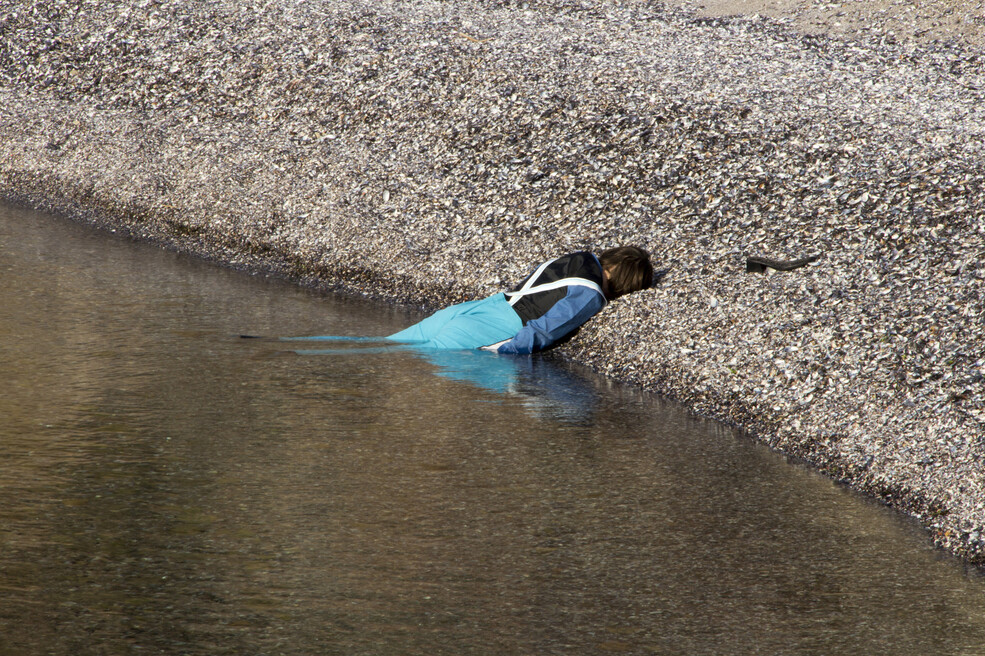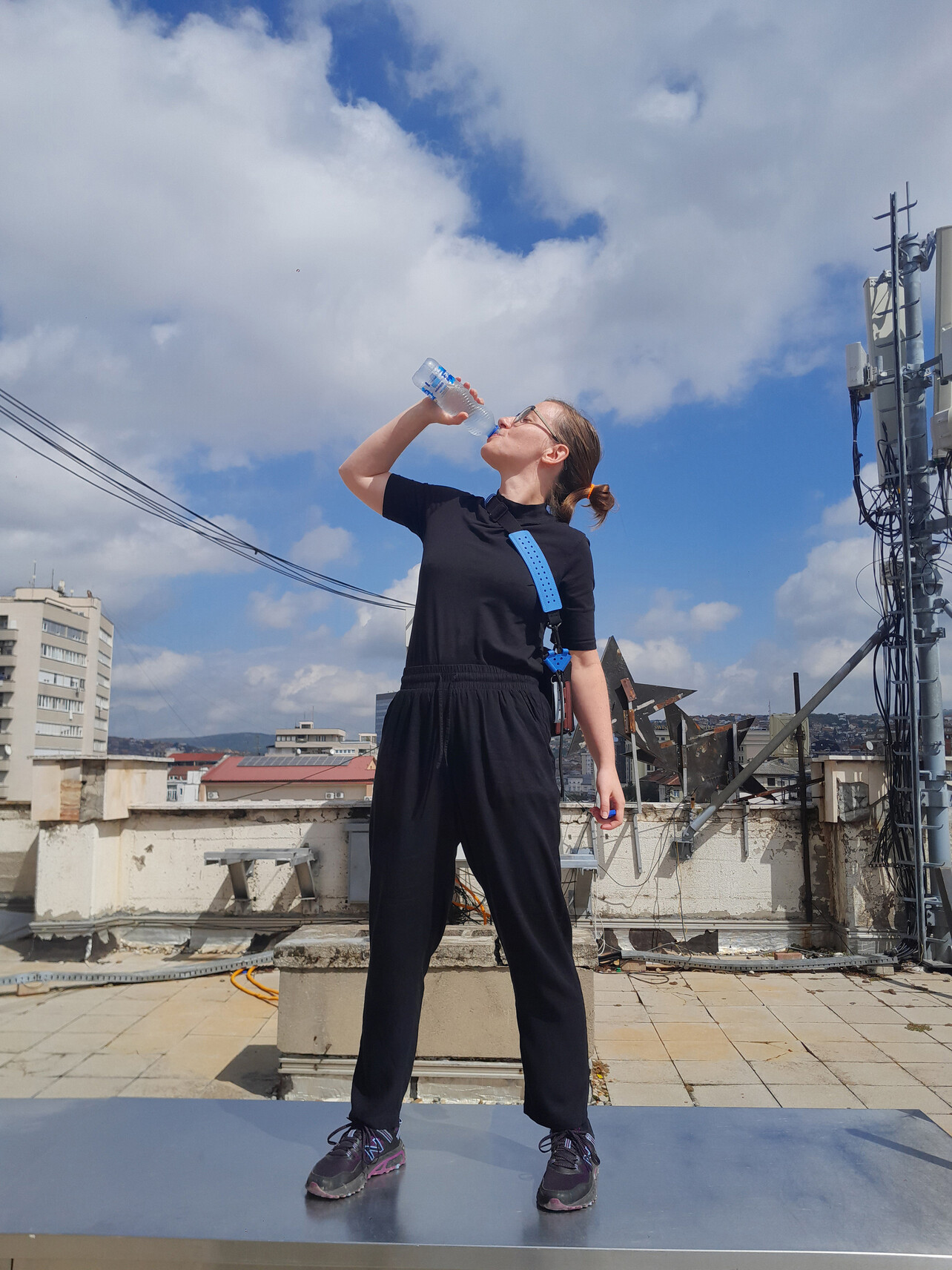Tereza Sikorová
area: Visual Arts & Choreography, Post-Clown
Key Facts
nationality
Czech Republicarea
Visual Arts & Choreography, Post-Clownresidence
Trinecrecommending institution
tranzit.org/ERSTE Stiftungtime period
September 2025 - October 2025Born in 1994, Tereza Sikorová is an artist, performer, researcher, and curator at the Třinec Gallery, currently based in Brno. Her work is a synthesis of choreography and pop culture, often presented as interventions in public space, performances, hybrid cultural events, or short films, finding its own decentralized form within the field of contemporary visual art.
Together with Tomáš Moravanský, she develops the concept of the so-called post-clown – a genre they named and had notarized in 2019 during a public performance.
Sikorová has presented her work at venues including Czech Centre Paris (FR), Halle 13 (AT), Pragovka Gallery (CZ), Kunsthalle Osnabrück (DE), SmetanaQ Gallery (CZ), and the Brno House of Arts, and has participated in festivals across Europe.
She is a finalist of the Art Grand Slam and Other Visions awards.
In 2017, she co-founded INSTITUT INSTITUT, a post-contemporary art unit.
As stated by cultural grant reviewers: “Tereza is a guarantee of quality.”
During her residency at MQ, Tereza Sikorová is working on performative scenarios. These scenarios are based on the concept of the post-clown as a performative character drawing from the aesthetics of B-movies, DIY approaches, and television comedy shows with improvisational elements.
Her work, shifting from artwork to event—into situations in which the presence of the viewer is essential —creates space for failure and the disruption of social norms. In this space, humor operates through disorientation, awkwardness, and unexpected social commentary.
At the same time, Sikorová continues her research into choreography in visual art and so-called expanded choreographic thinking, which she links to a critique of the attention economy. Within this framework, the post-clown functions as a performative medium for situations in which attention is destabilized and redistributed differently than usual.





